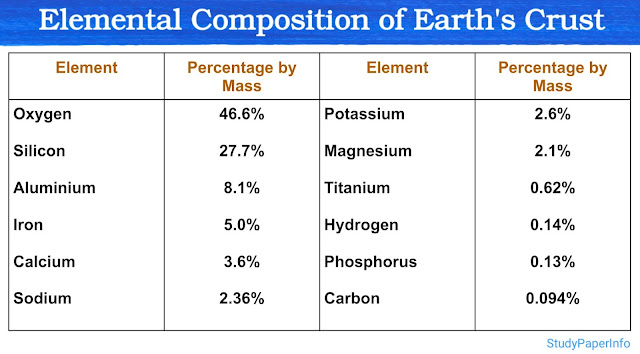Describe what happens when a nonsense mutation is introduced into the gene encoding transposase within a transposon
Transposons, also known as jumping genes, are segments of DNA that can move from one position in the genome to another. This movement depends on a special enzyme called transposase, which is produced by a gene located inside the transposon itself. The transposase enzyme performs important functions like cutting the transposon from one place and helping it to insert into another. For the transposon to move, the transposase must be produced correctly and completely.
When a nonsense mutation occurs in the transposase gene, it replaces a codon that normally codes for an amino acid with a stop codon. This causes the ribosome to stop protein synthesis early, resulting in a shortened and usually non-functional transposase enzyme. This leads to several important changes inside the cell. These changes are mainly:
1. Early Termination of Transposase Production
The nonsense mutation introduces a premature stop codon in the transposase gene. This makes the ribosome stop translating the mRNA too soon, producing a truncated transposase protein that is shorter than normal.
2. Loss of Transposase Function
Since the transposase protein is incomplete, it usually cannot fold properly or perform its enzymatic role. Transposase is an enzyme that helps the transposon move by cutting and inserting itself into different places in the DNA. Without a fully functional transposase, this movement cannot happen.
3. Inability of the Transposon to Move
Transposons depend on transposase to "jump" or move within the genome. When the transposase gene has a nonsense mutation, the enzyme is not made correctly, so the transposon becomes immobile and stays fixed in one place.
4. Effects on Genome Stability and Variation
Because the transposon cannot move, it cannot cause new insertions or mutations elsewhere in the genome. This can reduce the chance of harmful mutations caused by transposons but also limits the natural genetic variation they create.
5. Potential Impact on Cell and Organism
If the transposon was harmful by disrupting important genes, stopping its movement might benefit the cell. However, transposons also play a role in evolution by creating diversity. So, the nonsense mutation affects both the mobility of the transposon and the genetic dynamics of the organism.


Comments
Post a Comment